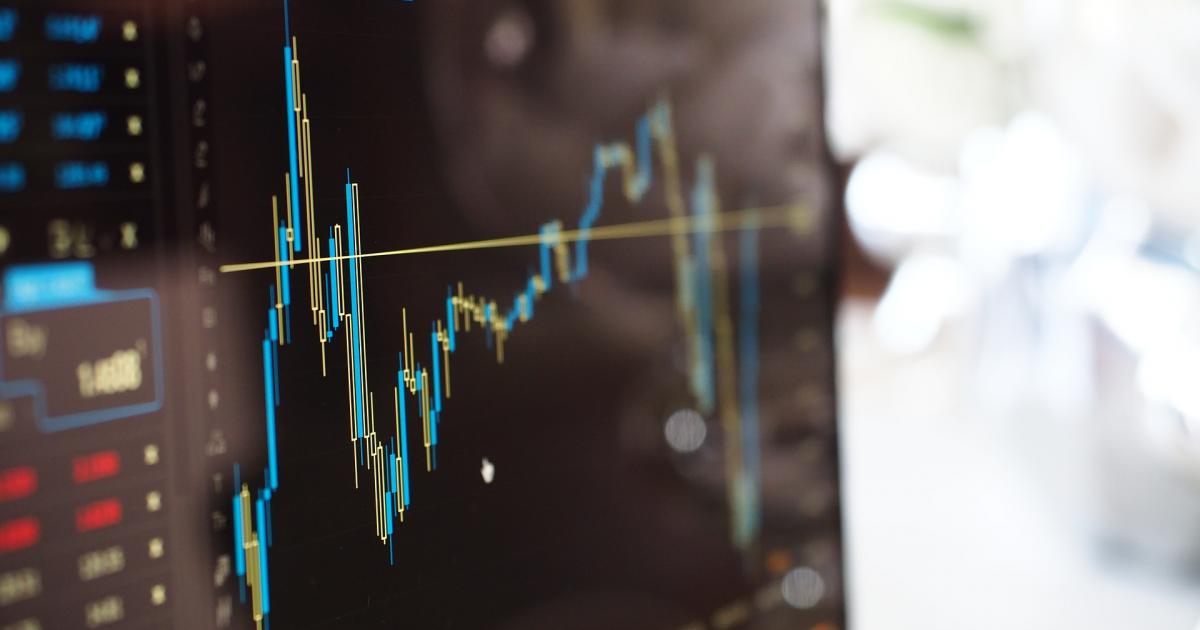As goes FANG, so goes the market. That’s been a generally pretty good rule of thumb for divining the direction of the U.S. stock market the past decade. But it’s getting more complicated. Leadership in the S&P 500 flip-flopped once COVID vaccines were announced last November and the months-long rotation into value and cyclical companies kicked off.
Since early March, these recovery stocks have petered out, replaced by a sort of musical chairs of equity front-runners, from classic big tech companies to utilities and staples stocks. The power of the core cyclical trade fizzled in tandem with the climb in Treasury bond yields, which have been under pressure since the month began. But now, they’re waking up again. Bond bulls and bears have been fighting in the tape the past week, and it seems bears are getting stronger the past few sessions as economic data is just too hot to ignore.
Meanwhile, earnings are in full swing. That presents a huge test to see just how much conviction the recovery and reflation theme has in the face of extraordinary revenue and profit growth in the world’s biggest tech businesses, most of which thrived during the COVID era. It begs the question, of course, is FANG/FAAMA a “quarantine trade”? Netflix Inc (NASDAQ: NFLX) certainly looks like it. Perhaps Microsoft’s connection to the insatiable cloud and device demand during the work-from-home age also creates an impossible growth standard to live up to in the post-COVID world. But on the other side are Alphabet (NASDAQ: GOOGL) and Facebook (NASDAQ: FB)- advertising giants who stand to benefit from a return to normalcy in which every business is back up and running and competing for consumer eyeballs.
So which way will this all-important group break in a post-COVID world? I think we should watch two stocks to find out: Apple (NASDAQ: AAPL) and Shopify (NYSE: SHOP). Apple is somewhere in between the quarantine and recovery themes. It’s garnered an elevated valuation thanks to its services and entertainment components, but at the end of the day is a device maker that now produces its own semiconductors and in theory should be tied to consumer strength and recovery – unless everyone already upgraded all their tech while they were stuck at home.
Seeing how investors respond to Shopify is also crucial because it’s a purified e-commerce version of Amazon (NASDAQ: AMZN); no other company embodies the extreme skew of quarantine business the way this company does. Shopify’s numbers will no doubt be astronomic, but its stock has already been under significant pressure, down 20 percent from February highs. If it rallies, perhaps the quarantine trade has a second wind. If not, it’ll give more reason for investors to switch from tech to purer recovery trades. If rates start rising at the same time investors take profits on tech quarantine trades: watch out, the next rotation could make everyone’s head spin.
Image Sourced from Pixabay
(C) 2021 Benzinga.com. Benzinga does not provide investment advice. All rights reserved.





